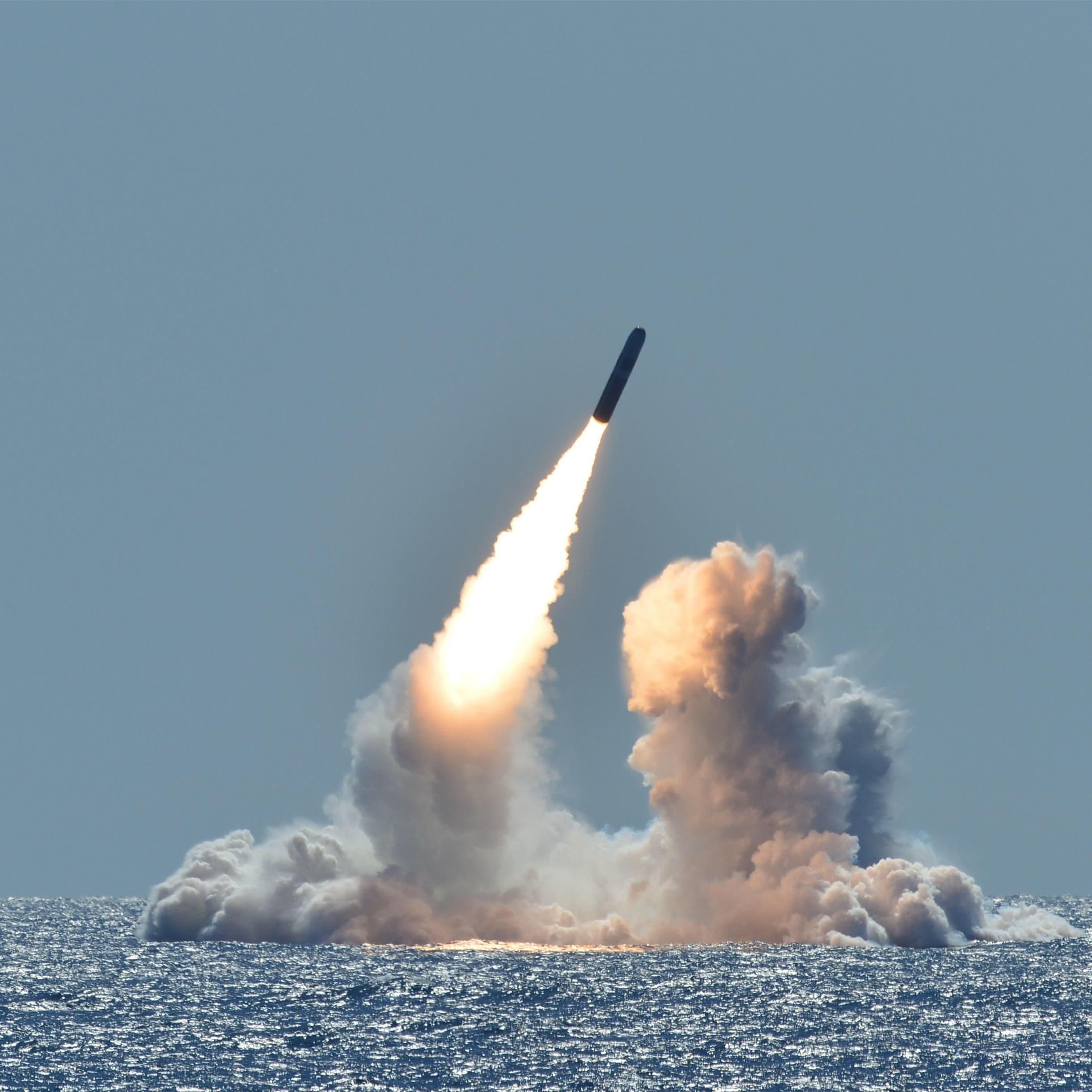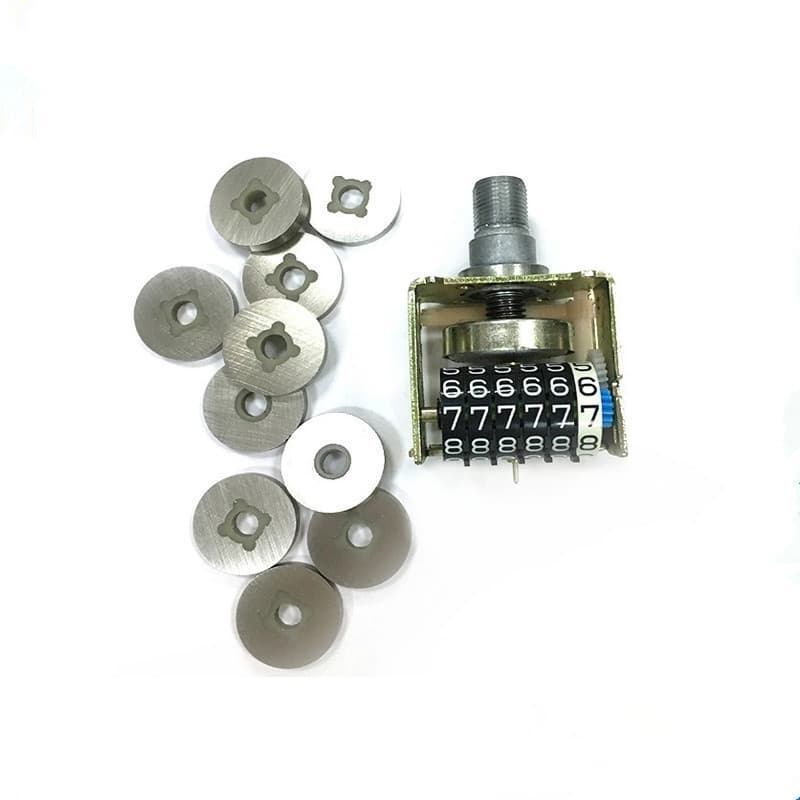Motorcycle speedometer magnets originated in the 1970s. At first, Alnico2 D23*D13.5*3 was widely used. Later, with the development of the times, Alnico3 D23*D6*4 gradually replaced Alnico2 in order to save costs. They are both isotropic magnets. Speedometer magnets are usually not magnetized. They are magnetized after being installed in the movement and assembled to prevent the magnetic circuit from being different and affecting the use.
In the past few decades, motorcycle speedometer magnets have been one of the largest users of Alnico magnets. At present, most speedometer magnets are exported to developing countries such as India, Vietnam, Thailand, and Pakistan that still use digital display movements.
The transmission shaft of the speedometer is connected to the drive gear in the front wheel through a flexible shaft. The Alnico magnet is fixed on the transmission shaft and rotates with the transmission shaft. The Alnico magnet is covered with a metal cup as a coil, and there is a certain gap between the Alnico magnet and the metal cup. The lower end of the speedometer pointer is fixed to the metal cup and connected to the spring. The spring ensures that the pointer swings stably and resets in time. When the motorcycle is running, the front wheel drives the gear to rotate, which drives the NiCo magnet on the drive shaft to rotate. At this time, the magnetic flux lines between the AlNiCo magnet and the metal cup will be cut, generating an induced current and a magnetic field. Due to the interaction between the induced magnetic field and the AlNiCo magnetic field, the metal cup will rotate. The damping effect of the spring will affect the rotation of the metal cup, and when the torque of the metal cup is equal to the damping torque of the spring, the needle will stay at a certain speed. The higher the speed, the greater the torque, thus obtaining a wider swing angle. The counter consists of three pairs of worm gears and rollers. The rotating soft shaft drives the end worm gear, and when the soft shaft rotates 1000 times, the gear rotates one circle, and then the raised claws stir the numbers on the roller. The speedometer magnet is manufactured by casting, and both AlNiCo 2 and AlNiCo 3 can be used for this application.



